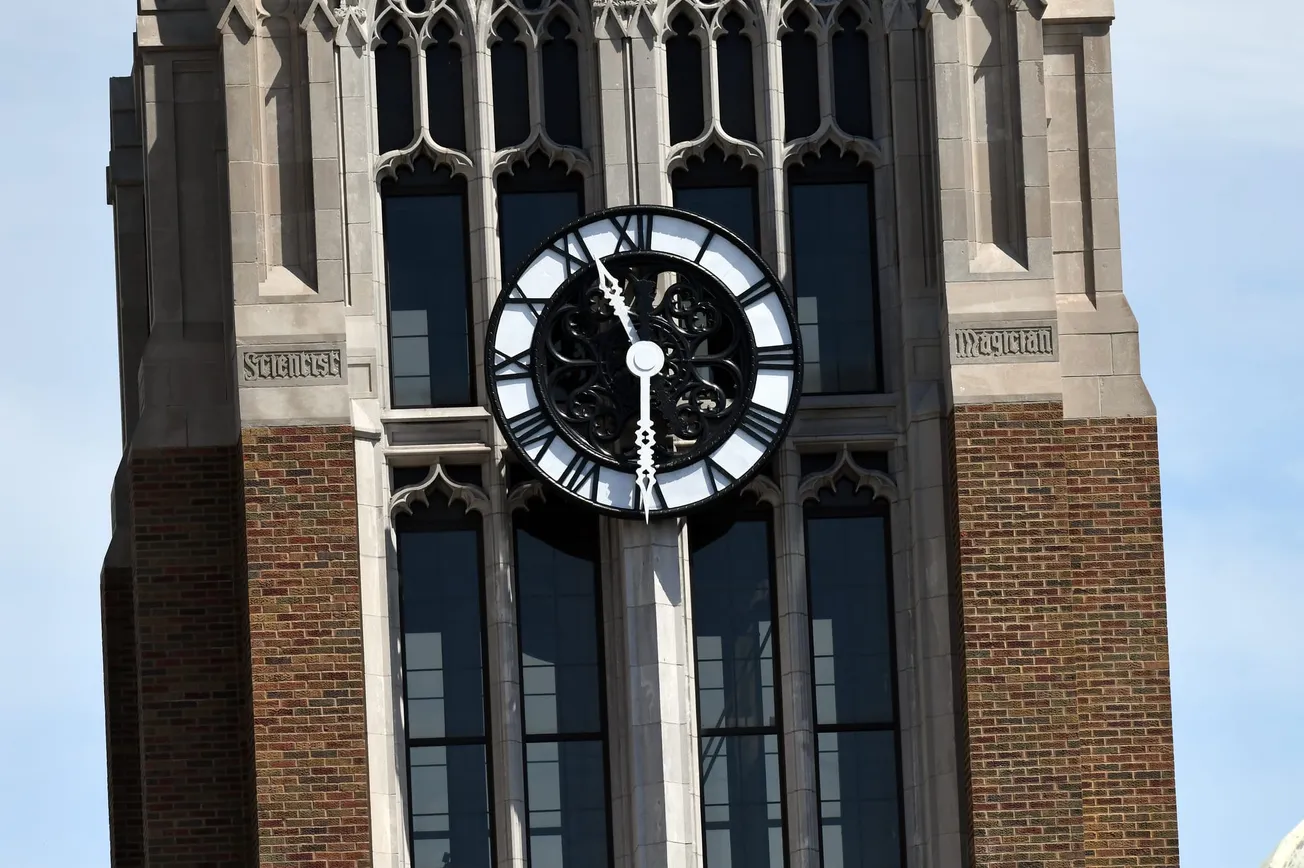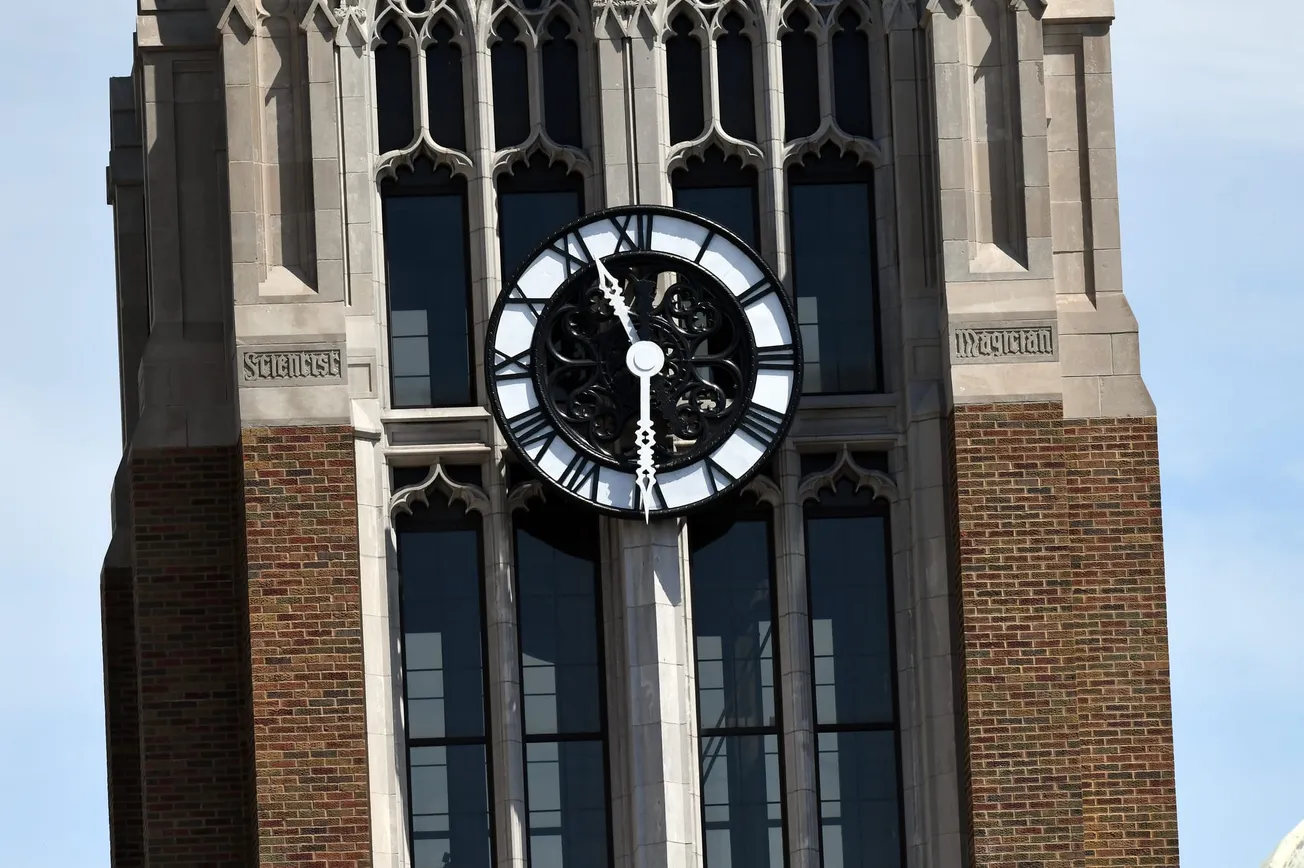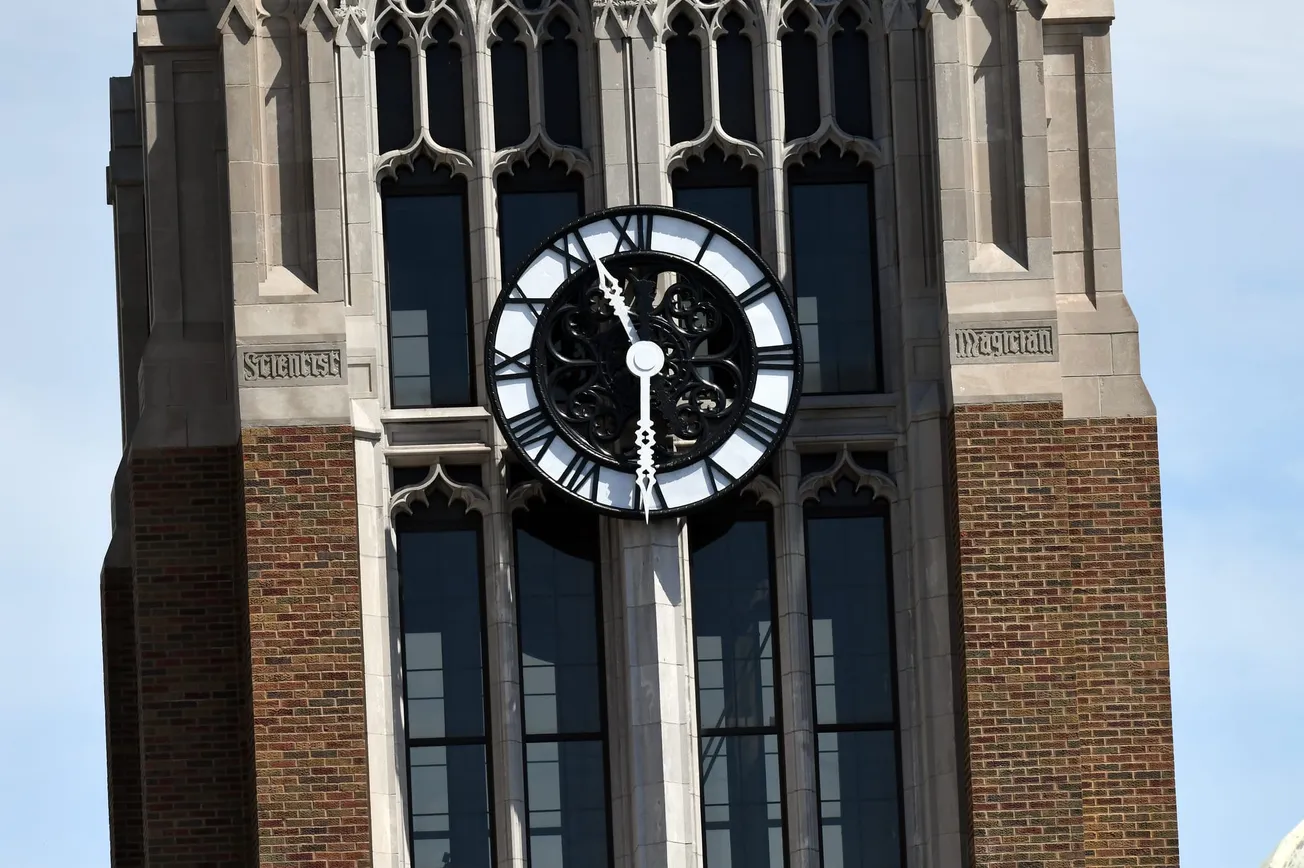
Howie's column is powered by Lyric Kitchen · Bar
Duluth Public Schools can change superintendents, rotate school board members, and rebrand its strategic plans, but one thing never changes: the Red Plan bill keeps coming due.
Seventeen years after the district pushed through a $293 million construction package without a referendum, the debt still eats the budget alive — and taxpayers are the ones left footing the tab.
In 2025 alone, $29 million of the district’s $126 million general fund vanished into debt service. That’s 23 percent of every operating dollar. For context, Hermantown spent about $3.5 million on its entire operating levy in 2025, with debt service consuming roughly 5 percent of its budget.

Cloquet, with a brand-new high school built a few years ago, spends just under 4 percent. Proctor, after adding new classrooms and activity space, still sits under 6 percent. Duluth’s 23 percent sticks out like a neon sign — not belt-tightening, but self-inflicted strangulation.
The numbers behind the Red Plan are even worse when you zoom out. When Duluth taxpayers signed onto this adventure in 2008, the board and its consultants promised a $293 million plan to “right-size” the district, modernize classrooms, and stabilize enrollment for decades.
What Duluth actually got was a debt treadmill. With refinancing and long-term interest, the actual cost will top $500 million when the final bonds are retired in 2032. That’s not an “investment.” That’s paying double for a house you didn’t want in the first place.

And enrollment? Forget stabilization. In 2010, the district counted around 8,800 students. Today, the headcount is closer to 7,400 — a 16 percent drop in 15 years. Each student lost strips about $12,000 in state aid. That’s $16 million in missing revenue annually compared to the projections baked into the Red Plan math.
The board closed schools along the way, but the bond payments didn’t shrink. Taxpayers are still covering the mortgage on ghost schools. It’s like making payments on a car you junked a decade ago.
The real trick came with refinancing. Instead of paying off the bonds faster, the district stretched them out. “Lower payments,” the board crowed, calling it “savings.” What it really meant was tens of millions more in long-term interest.
Duluth Schools will spend another $175 million-plus on debt service between now and 2032. That’s not relief. That’s a payday loan dressed up in a business suit.

By the time the last bond is burned, Duluth taxpayers will have paid nearly half a billion dollars for a plan that hollowed out neighborhoods, shrank enrollment, and strapped future boards with the same debt handcuffs.
The operating side of the budget hasn’t fared any better. Teacher salaries have jumped 17 percent since 2021, averaging $70,000 in 2025 and climbing toward $90,000 for veterans by the end of the decade.
Health insurance premiums rise 6 to 8 percent annually. Retirement contributions tack on another 2 percent each year. The state chronically underfunds special education, leaving Duluth to backfill with local dollars — $6.3 million in the red in 2024 alone.
Add it up, and the district faces rising costs on all sides while a quarter of its budget is locked away paying banks.
So where does the money come from? The levy, always the levy. Since 2009, Duluth school taxes on a $275,000 home have more than doubled, from about $600 to $1,250. Property owners are already bracing for another 8 to 10 percent hike in 2026.
Early modeling shows a double-digit increase in 2027 — 12 percent if state aid doesn’t show up. That’s on top of city, county, and DTA levies. Duluthians are paying Cadillac-level property taxes for a district with four bald tires.

The comparisons with neighbors are brutal. Hermantown, Proctor, and Cloquet all built or renovated facilities in the past 15 years, but their debt service payments are manageable.
Hermantown fields competitive sports programs and expanding enrollment with a $45 million overall budget. Cloquet built a $57 million high school without strangling its taxpayers. Proctor’s bond package was under $50 million.
Meanwhile, Duluth tried to play in the metro league, borrowed like Edina, and bankrupted its flexibility. Local taxpayers are saddled with a two to three times heavier debt than nearby districts — and for what? Empty hallways, shuttered schools, and enrollment in freefall.
The cruelest irony? Every year the district pretends the Red Plan is ancient history. Administrators mumble about “structural imbalance” and “cost pressures” like those are acts of God, not decisions made by people sitting in boardroom chairs.

They talk about “for the kids” while 23 cents of every classroom dollar goes to bondholders. They close schools, cut programs, lay off staff, and then ask taxpayers for another 10 percent to cover raises, health care, and unfunded mandates.
And the kicker? They’ll tell you this is sustainable.
Taxpayers know better. They’ve lived it. Since 2008, Duluth has paid more than $300 million toward Red Plan debt service, with $175 million still to go.
By the time the bonds are gone, Duluth will have spent half a billion dollars servicing a plan that shrank the district, buried its budget, and doubled property taxes. If you live in Duluth, you’ve already written the check. And you’ll keep writing it every December for another seven years.
That’s the legacy of the Red Plan. Not “modernization.” Not “stability.” Just a half-billion-dollar anchor around the neck of a district still pretending it can swim.

The Red Plan by the Numbers
- $293 million — original cost of the Red Plan in 2008 (no voter referendum held).
- $500+ million — total projected cost by 2032 with principal + interest.
- $29 million — debt service paid in 2025 (23 percent of general fund).
- $175 million+ — additional debt service still owed through 2032.
- 8,800 → 7,400 — student enrollment drop from 2010 to 2025 (–16%).
- $12,000 — average state aid lost per student.
- $16 million — annual lost revenue due to enrollment decline.
- $600 → $1,250 — yearly school taxes on a $275,000 home since 2009.
- 8–12% — projected levy increases for 2026–27.
- Debt service share of budgets: Duluth 23% | Hermantown 5% | Cloquet 4% | Proctor 6%.
Howie Hanson is Northeast Minnesota’s only full-time power blogger. A 50-year newsprint veteran turned online ironman, he’s been pounding out independent, hyper-local takes at HowieHanson.com for more than two decades — usually with one eyebrow raised.





